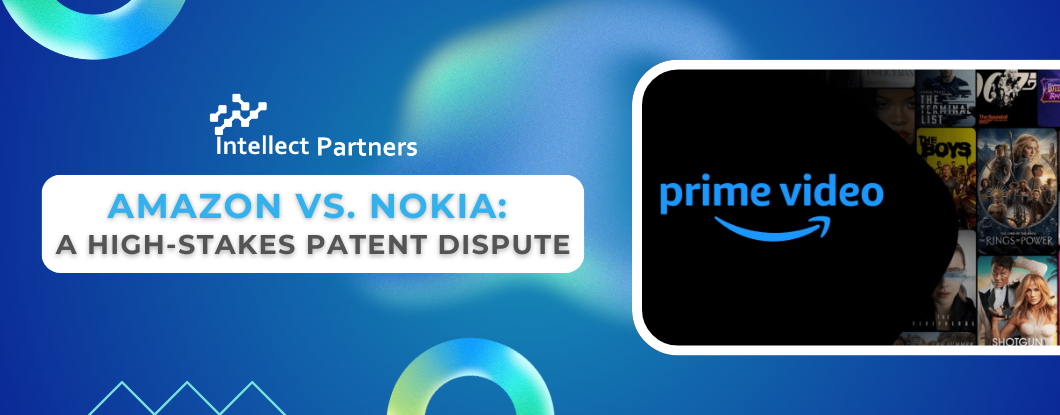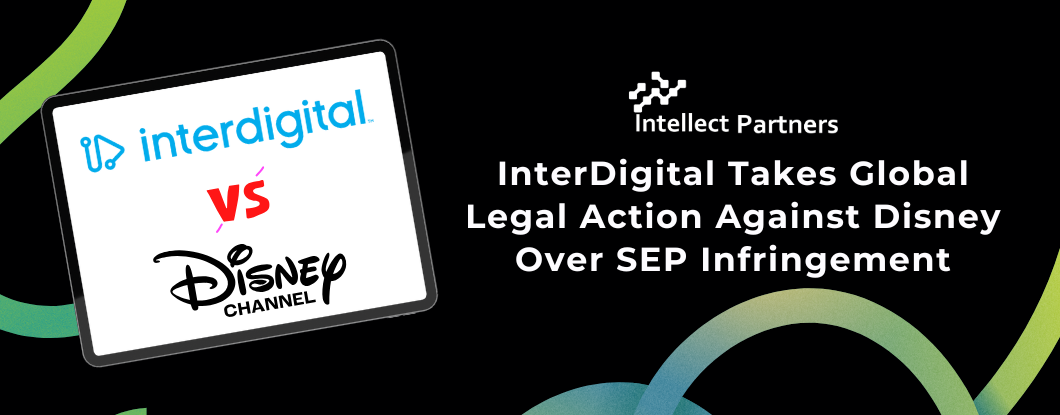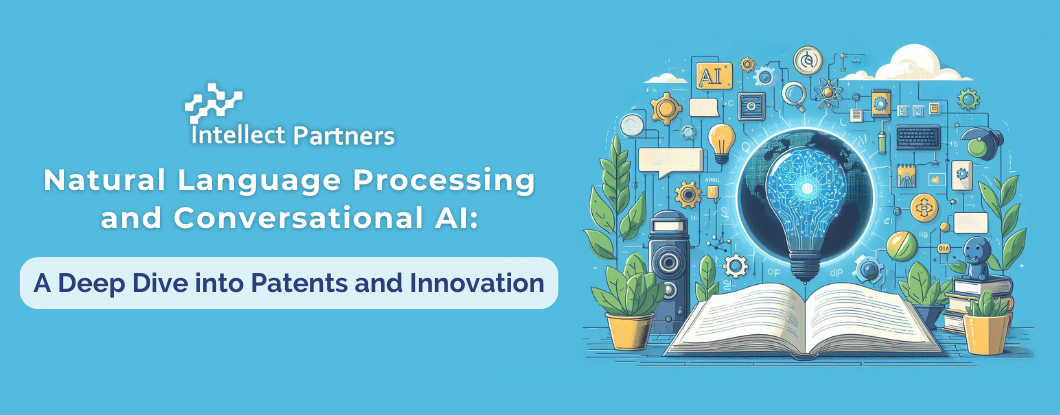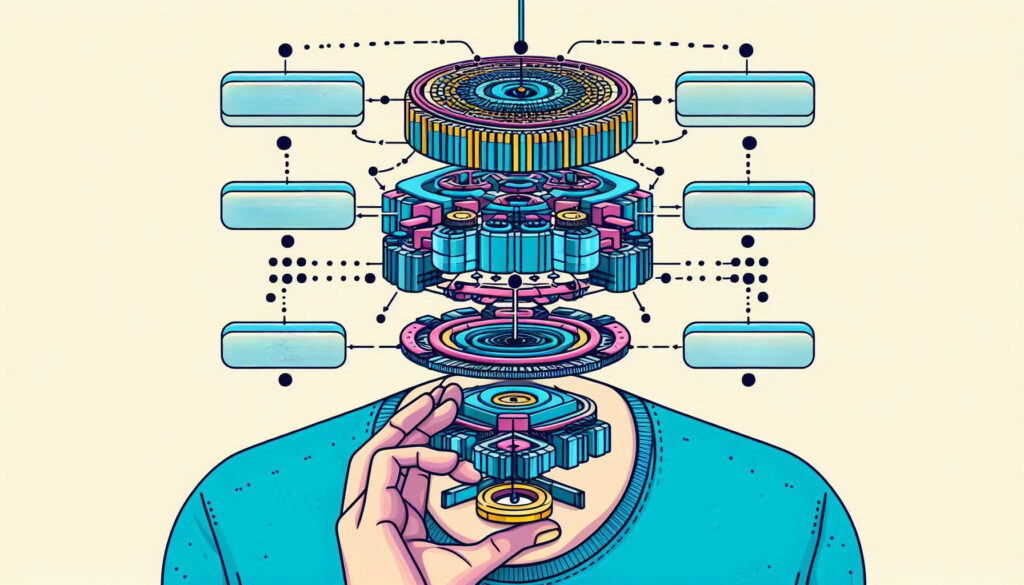Amazon vs. Nokia: A High-Stakes Patent Dispute
The battle over intellectual property rights continues to intensify in the tech industry, with major corporations facing off in high-stakes patent lawsuits. In the latest case, Amazon has lost a patent dispute against Nokia in Germany, leading to a potential ban on its Prime Video streaming service in the country.
A German court ruled that Amazon infringed on a Nokia-owned video streaming patent, barring the company from providing streaming services unless it reaches a licensing agreement. Failure to comply could result in hefty penalties of €250,000 ($260,000) per violation.
Despite the ruling, Amazon has reassured customers that Prime Video will remain accessible in Germany and is currently exploring its next steps. This case sheds light on the growing legal challenges in the streaming industry, where patent holders are increasingly asserting their rights against global tech giants.
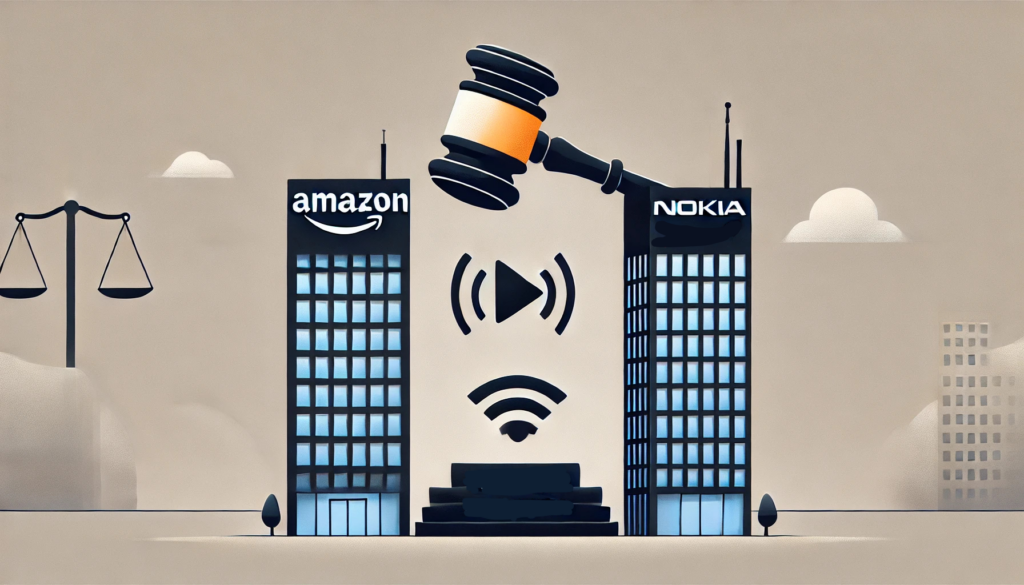
What Led to Amazon’s Legal Defeat?
The lawsuit stems from Amazon’s use of video streaming technology patented by Nokia. Nokia, known for its strong portfolio of telecommunications and multimedia patents, argued that Amazon failed to obtain proper licensing for the technology.
The German court sided with Nokia, affirming that Amazon must either negotiate a fair licensing deal or cease its streaming operations in the country. This ruling strengthens Nokia’s position in enforcing its intellectual property rights against unauthorized use by major corporations.
Despite the setback, Amazon remains confident, stating:
“There is no risk at all for customers losing access to Prime Video.”
However, the company has not disclosed whether it will appeal the decision, negotiate a settlement, or modify its technology to avoid the infringement claim.
A History of Legal Battles: Nokia’s Second Victory Over Amazon
This is not the first legal clash between Amazon and Nokia. In 2023, Nokia won another patent infringement lawsuit against Amazon—this time concerning its Fire TV streaming devices.
Amazon has reportedly signed licensing agreements with multiple companies for video streaming technologies. However, when negotiating with Nokia, the Finnish company demanded higher fees than all previous agreements combined.
With Amazon refusing Nokia’s terms, the case proceeded to court, resulting in a ruling that Amazon Fire TV devices violated Nokia’s patents. While Amazon initially resisted the decision, it later agreed to address the issue to avoid further legal trouble.
Now, with a second court ruling in Nokia’s favor, Amazon is under greater pressure to resolve its patent licensing strategy for video streaming services.
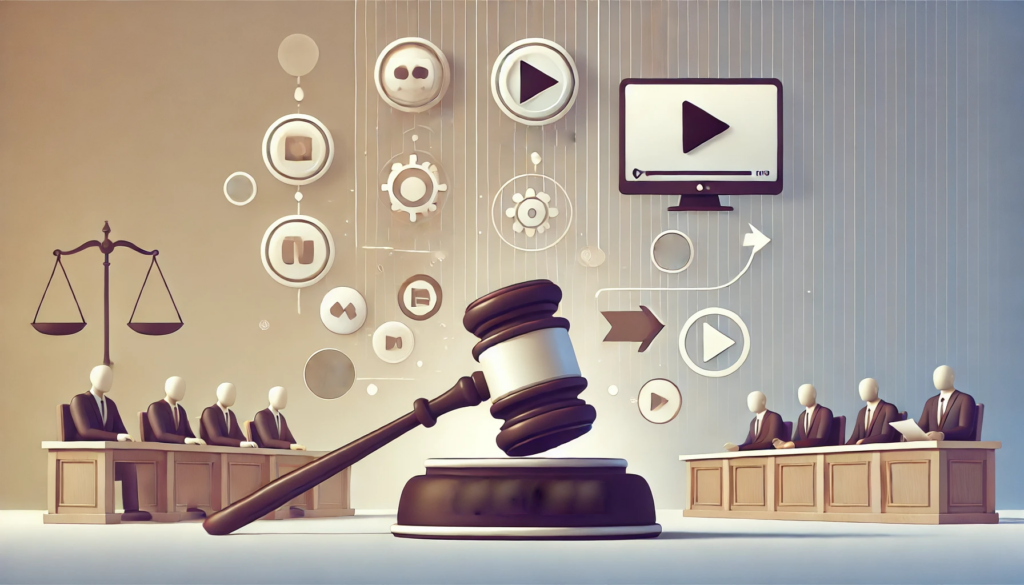
What This Means for Amazon and the Streaming Industry
The legal battle between Amazon and Nokia has significant implications for:
- Amazon’s Business Operations – Without a settlement, Amazon risks substantial fines and service disruptions in Germany, one of Europe’s largest streaming markets.
- The Streaming Industry – With patent holders aggressively enforcing their rights, other streaming giants like Netflix, Disney+, and YouTube may face similar challenges in the future.
- Consumers – Although Amazon insists that Prime Video will remain available, prolonged legal disputes can lead to higher licensing costs, which may eventually be passed on to customers through increased subscription fees.
In short, patent disputes are shaping the future of digital streaming, influencing both business strategies and technological innovation.
What Are Amazon’s Next Moves?
With its streaming services at risk in Germany, Amazon has three possible options:
Appeal the Ruling
Amazon may challenge the court’s decision, delaying enforcement while seeking a reversal. However, given Nokia’s previous success, this could be a difficult battle.
Negotiate a Licensing Deal
To continue operating legally in Germany, Amazon could settle with Nokia by agreeing to licensing terms. However, the financial cost could be substantial, as Nokia has already demanded high fees in past negotiations.
Modify Its Streaming Technology
Amazon could redesign its streaming platform to remove any patent-infringing components, allowing it to bypass the need for a license. While costly and time-consuming, this approach could prevent future legal troubles.
Each option comes with complex challenges, and Amazon must carefully evaluate its long-term strategy for video streaming.
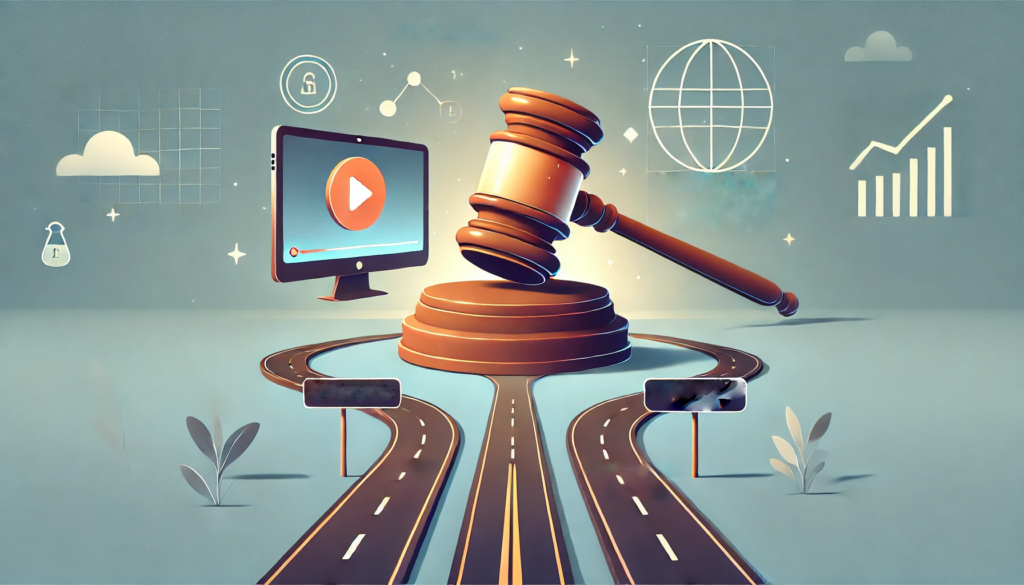
Key Takeaways: A Warning for Tech Giants
The Amazon vs. Nokia patent case highlights the rising importance of intellectual property enforcement in the streaming industry. Key lessons from this dispute include:
- Patent Licensing is Essential – Companies must secure proper licenses to avoid costly lawsuits and service disruptions.
- Tech Giants Are Not Immune – Even major players like Amazon must comply with patent laws or face legal consequences.
- The Future of Streaming is at Stake – As patent enforcement increases, streaming services must adapt or risk operational challenges.
For now, Amazon’s next move remains uncertain, but one thing is clear—patent litigation is becoming a defining factor in the evolution of the streaming industry.
Final Thoughts
With Amazon facing a ban in Germany, the outcome of this case will set a major precedent for future patent disputes in the tech industry. Whether through licensing agreements, legal appeals, or technological changes, companies must take proactive steps to protect their digital services from intellectual property conflicts.
As streaming continues to dominate digital entertainment, the importance of patent law compliance has never been more critical.

